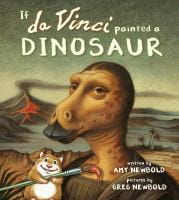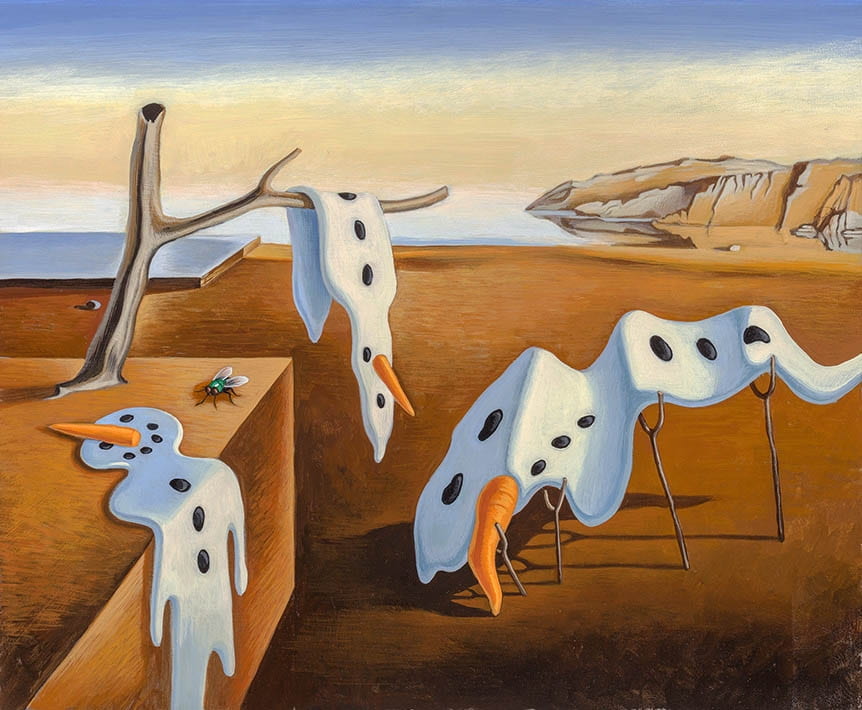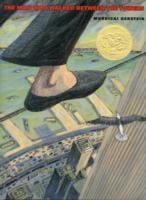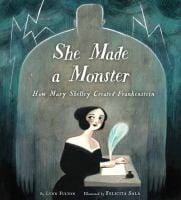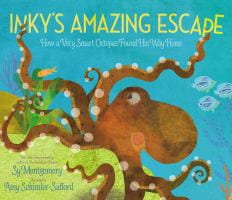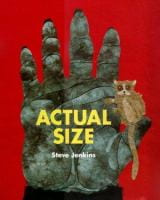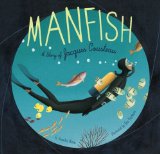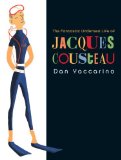Season’s Readings
 A special book that celebrates the holiday season is The Carpenter’s Gift by David Rubel, illustrated by Jim LaMarche (Random House, 2011). While this picture book is a work of fiction, it is based on facts about the tree at Rockefeller Center.
A special book that celebrates the holiday season is The Carpenter’s Gift by David Rubel, illustrated by Jim LaMarche (Random House, 2011). While this picture book is a work of fiction, it is based on facts about the tree at Rockefeller Center.
Construction workers who were digging the foundation for the project in New York City erected the first tree in 1931. They were grateful that they had jobs during the Depression, and they wanted to show their appreciation. After pooling their money to purchase the tree, their families decorated it with garlands and handmade ornaments.
 The official public viewing of the annual tree began in 1933 when visitors made special trips to see the decorated tree that the property owners erected annually. To this day, the tree at Rockefeller Center is an important New York City holiday tradition. To choose a tree for the display, those in charge travel by helicopter over New Jersey, New York, and New England. When they spot a candidate, they mark the coordinates and make a trip to view the tree from the ground. (Photo from Rockefellercenter.com)
The official public viewing of the annual tree began in 1933 when visitors made special trips to see the decorated tree that the property owners erected annually. To this day, the tree at Rockefeller Center is an important New York City holiday tradition. To choose a tree for the display, those in charge travel by helicopter over New Jersey, New York, and New England. When they spot a candidate, they mark the coordinates and make a trip to view the tree from the ground. (Photo from Rockefellercenter.com)
Since 2007, the Rockefeller Center tree has been milled, and the wood is donated to Habitat for Humanity. That wood is then used as part of a house that is built by that worthy organization. What a way to celebrate the true meaning of the holiday!
The following clip features the family who donated this year’s tree.

